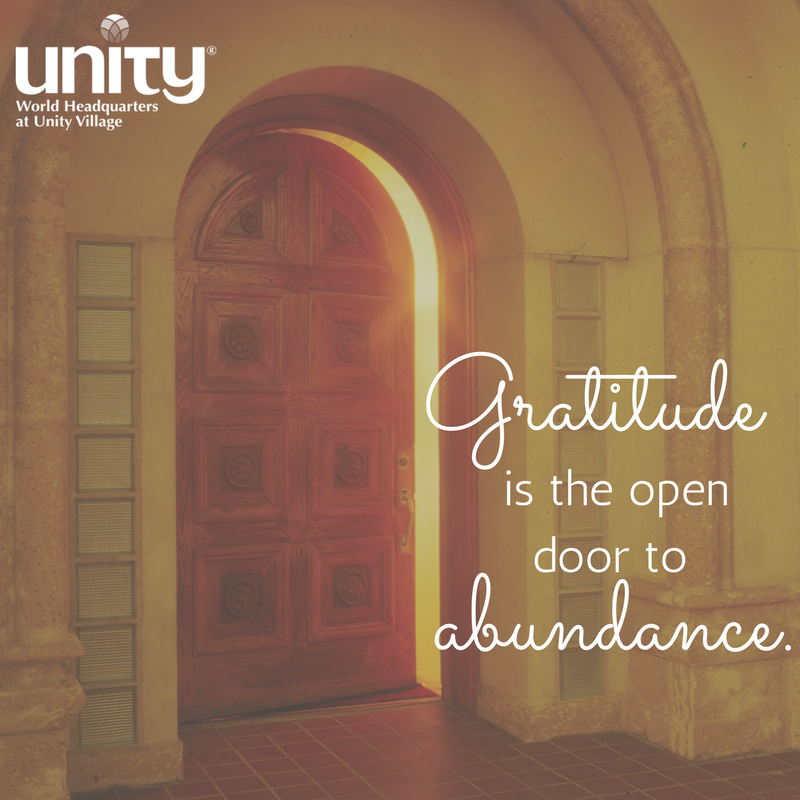My mom was the kind of mom who wanted her kids to write “thank-you” notes. She adhered to a strict rule about gifts: Before you enjoy the gift, you must take a few moments to write a note of thanks.
As a typical kid, that regular practice of gratitude seemed tedious. My Aunt Cleo knows I’m happy to receive five bucks every year! Why does she need me to write her a note to say so?
Turns out, those little notes were not just for Aunt Cleo. Writing thank-you notes — and other gratitude practices — have a proven long-term impact on both mental and physical well-being, as well as impact on relationships in community. Mom’s enforced “thank-you” practice was not only good manners but early training in a proven technique to create a healthier brain.
Your Brain on Gratitude
The “Happier Human” website compiled the benefits of 26 studies on the impact of gratitude. The practice of gratitude not only makes you happier but changes your brain’s neural activity. Using MRI technology, researchers discovered that gratitude lights up the brain’s reward pathways.
In a study by the National Health Institute, those subjects who showed more gratitude also had a higher-functioning hypothalamus — the brain’s center for managing stress, metabolism function, and sleep.
Making Better Community Connections
A long-term gratitude practice has even more impact on quality of life. UC Davis psychologist Robert Emmons notes that keeping a gratitude journal can significantly increase well-being and life satisfaction.
“True gratitude involves a humble dependence on others,” Emmons said. “We acknowledge that other people — or even higher powers, if you’re of a spiritual mindset — gave us many gifts, big and small, to help us achieve the goodness in our lives.”
Beyond the self, the story of gratitude we tell ourselves impacts cycles of behavior in those around us. Another study found that people who were identified as grateful were more willing to forgive, engage in constructive conflict resolution, and be helpful to others.
“Gratitude rewards generosity and maintains the cycle of healthy social behavior,” said Antonio Damasio, director of the Brain and Creativity Institute and Dornsife Neuroimaging Institute at USC.
What Does the Action of Gratitude Look Like?
Is there a right way to practice gratitude? Research shows that creating a practice of mindfulness is a great way to start. Writing notes might be your activity of choice if you feel ready to share feelings. Simply meditating on gratitude in the present moment works.
The most common recommended practice is journaling. What’s the impact of gratitude journaling? Lower anxiety, increased alertness, and more energy.
“Gratitude journals and other gratitude practices often seem so simple and basic; in our studies, we often have people keep gratitude journals for just three weeks,” said Emmons. “And yet the results have been overwhelming.”
Jump-Start Your Gratitude Practice
If you are looking for a way to jump-start your gratitude practice, consider these tools from the Unity toolkit. One is our quick and easy “I Am Grateful” Inspiration Notepad. With short prompts for daily use, these can help you start every day with gratitude.
Or go deep with the 30 Days of Gratitude online series. Read one a day to support 30 days of grateful living.
You may also request our free booklet, How Gratitude Changes Everything.
Elizabeth G. Howard is a journalist and Demand Poet. She currently works as content specialist for Unity World Headquarters at Unity Village, Missouri.
